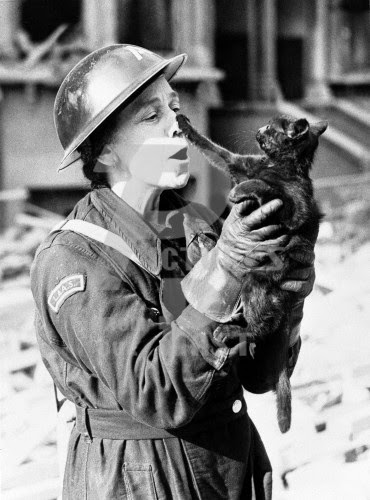
“The trainers didn’t say, ‘Go get them’, they say ‘kill,'” said Nosaka, who was on territorial guard duty at Pearl Harbor when it was bombed he then was in the first Army draft. The Coast Guard daily ferried them to a dog-training camp on Cat Island, where they progressed from making the dogs track them to attack them. Nosaka and 26 others from Company B of the 100th Infantry Battalion Separate (“separate” indicates Japanese descent) were hand-picked in 1942, flown to Mississippi under cover and whisked to mosquito-infested Ship Island to live. “This was so top secret that for 10 years we were not allowed to talk about it,” said Nosaka, a retired IRS agent. Nosaka remembers clinging to trees in the swamps, facing the possibility of falling into the mouths of vicious dogs and alligators. The spry 92- year-old openly talks about the challenging five months when, as a loyal American soldier, he was ordered to taunt dogs and allow them to assault him. He has come to the Coast to describe for the PBS program the failed experiment to teach dogs to hate Japanese soldiers. Raymond Nosaka, Hawaii, is a Nisei, or second generation Japanese.



The letter, written by a World War II soldier, made reference to a plan to train dogs to attack Japanese. Publisher: Sun Herald (South Mississippi’s Newspaper), Ī cryptic letter discovered by a Kansas City World War II collector has lured a crew of PBS’s popular “History Detectives” to the Mississippi Coast in search of answers about secretive war-dog training on Cat Island.


 0 kommentar(er)
0 kommentar(er)
